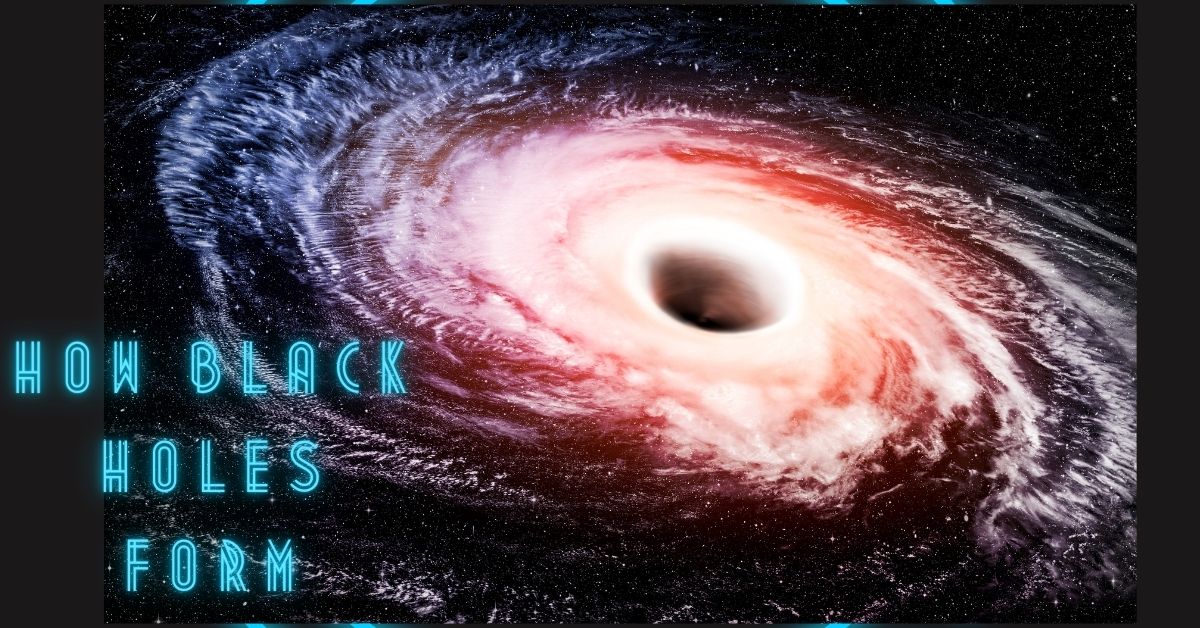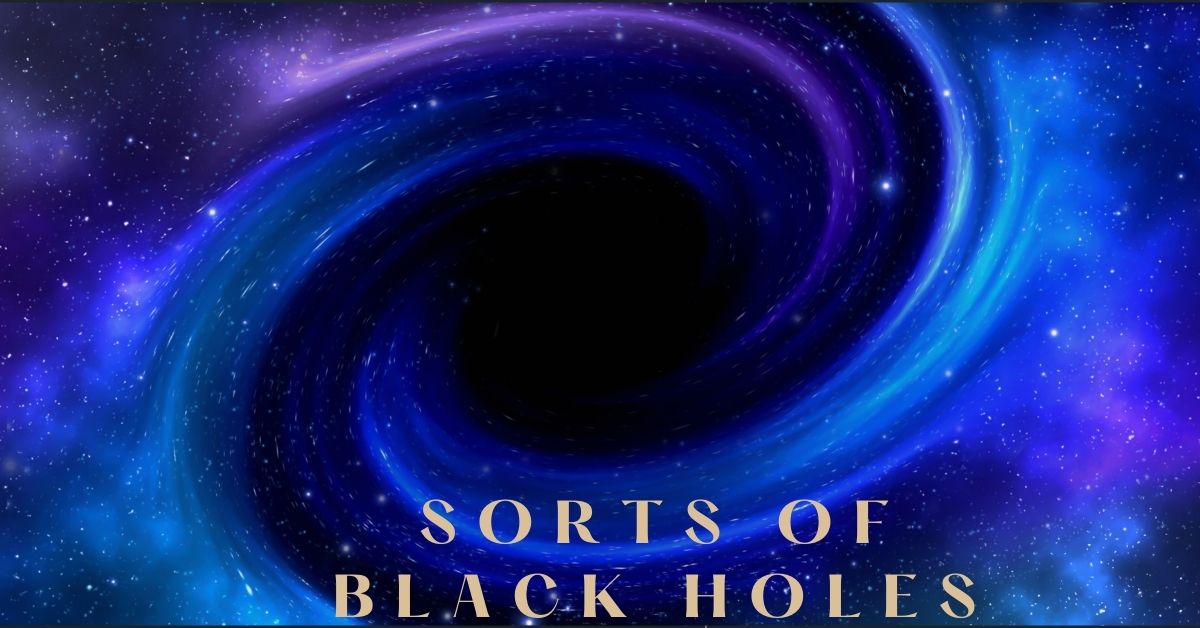Black Holes have intrigued researchers, space experts, and space devotees for decades. These strange objects in space challenge our understanding of the universe and thrust the boundaries of present day material science. In this article, we will dig profound into Black Holes, how they shape and what happens interior them. We will investigate the science behind their arrangement, the wonders that happen inside them, and the affect they have on the universe. This article is outlined to be exceedingly SEO-optimized, utilizing simple English to guarantee openness for a wide extend of readers.
1. Basics
Black Holes are among the most secretive and interesting objects in the universe. These districts of space have such a solid gravitational drag that nothing, not indeed light, can elude them. This article will give a comprehensive outline of Black Holes, how they frame and what happens interior them. By the conclusion of this article, you will have a clearer understanding of these enormous phenomena.
2. What are Black Holes?

At their center, Black Holes are locales of space where gravity is so seriously that nothing can elude their drag. The concept of dark gaps was to begin with anticipated by Einstein’s hypothesis of common relativity, which portrays how mass and vitality impact the ebb and flow of space-time. Dark gaps are shaped when gigantic stars collapse beneath their possess gravity, driving to the creation of a singularity—a point of unbounded density.
Understanding Black Holes, how they frame and what happens interior them requires us to dig into the exceptionally texture of space-time and the nature of gravity. Dark gaps are not fair purge voids; they are inconceivably thick objects that twist space and time around them.
3. How Black Holes Form

The Collapse of Gigantic Stars
The most common way Black Holes frame is through the collapse of enormous stars. When a star depletes its atomic fuel, it can no longer back itself against the constrain of gravity. The star’s center collapses, and if the mass of the center is adequate, it will proceed collapsing into a peculiarity, shaping a dark hole.
Stellar Black Holes
Stellar Black Holes are shaped from the leftovers of enormous stars that have gone supernova. These dark gaps ordinarily have a mass between 5 and 20 times that of our Sun. The arrangement of a stellar dark gap is a savage occasion, stamped by the blast of the star’s external layers and the collapse of its core.
Supermassive Black Holes
Supermassive Black Holes, on the other hand, are found at the centers of universes and have masses extending from millions to billions of times that of the Sun. The arrangement of these behemoths is still a subject of investigate, but they are accepted to frame from the blending of littler dark gaps and the aggregation of tremendous sums of matter over time.
4. What Happens Interior a Black Holes?

Occasion Horizon
The occasion skyline is the boundary of a Black Holes, past which nothing can elude. It is the point of no return. Once something crosses the occasion skyline, it is definitely pulled towards the peculiarity. The estimate of the occasion skyline depends on the mass of the dark hole.
Singularity
At the center of a dark gaps lies the peculiarity, a point where gravity is interminably solid, and the laws of material science as we know them break down. The peculiarity is a put of interminable thickness and zero volume, making it one of the most confusing perspectives of dark gaps, how they frame and what happens interior them.
Spaghettification
One of the most intriguing and unnerving wonders related with dark gaps is spaghettification. As an question approaches the occasion skyline, the distinction in gravitational drag between the close and distant sides of the question extends it into a long, lean shape, like spaghetti. This prepare, moreover known as tidal strengths, is a coordinate result of the extraordinary gravity close a dark hole.
5. Sorts of Black Holes

Stellar Black Holes
Stellar dark gaps are the most common sort of dark gaps. They are shaped from the leftovers of enormous stars and are ordinarily found scattered all through galaxies.
Middle of the road Black Holes
Intermediate dark gaps are a moderately unused disclosure. These dark gaps have masses between stellar dark gaps and supermassive dark gaps. They are thought to frame through the consolidating of littler dark gaps or the collapse of gigantic star clusters.
Supermassive Black Holes
Supermassive dark gaps dwell at the centers of systems, counting our claim Smooth Way. These dark gaps have masses extending from millions to billions of times that of the Sun. Their arrangement is still a riddle, but they play a pivotal part in the advancement of galaxies.
Primordial Black Holes
Primordial dark gaps are theoretical dark gaps that may have shaped in the early universe, without further ado after the Enormous Blast. These dark gaps seem be much littler than stellar dark gaps and might give bits of knowledge into the nature of dim matter.
6. The Affect of Black Holes on the Universe

Black gaps have a significant affect on the universe. They can impact the arrangement and advancement of worlds, produce capable planes of vitality, and indeed influence the texture of space-time. Understanding dark gaps, how they shape and what happens interior them makes a difference us get it the broader workings of the cosmos.
One of the most critical impacts of dark gaps is their part in the arrangement of universes. Supermassive dark gaps at the centers of universes can control star arrangement and impact the generally structure of the world. The vitality discharged by matter falling into a dark gap can moreover control quasars, a few of the brightest objects in the universe.
7. Myths and Misinterpretations around Black Holes
There are numerous myths and misguided judgments encompassing dark gaps. One common myth is that dark gaps act like enormous vacuum cleaners, sucking up everything around them. In reality, dark gaps as it were capture objects that come exceptionally near to them. Another misinterpretation is that dark gaps are interminable. Whereas dark gaps can exist for fantastically long periods, they do inevitably dissipate through a handle known as Peddling radiation.
Steven Universe:10 Mind-Blowing Secrets That Every Fan Must Know!
8. FAQs
Q1: Can Black Holes move?
Yes, Black Holes can move through space, fair like stars and other ethereal objects. They can be set in movement by gravitational intuitive with other objects or through the combining of dark holes.
Q2: What would happen if you fell into a Black Holes?
If you fell into a dark gap, you would involvement spaghettification, where the contrast in gravitational drag between your head and feet would extend you out into a long, lean shape. Eventually, you would be pulled into the singularity.
Q3: Are there Black Holes close Earth?
Fortunately, there are no Black Holes near sufficient to Soil to posture any danger. The closest known dark gap is approximately 1,000 light-years away.
Q4: Can Black Holes be detected?
Yes, Black Holes can be recognized through their impacts on adjacent objects. For case, we can watch the gravitational impact of a dark gap on a adjacent star or identify the X-rays transmitted by matter as it falls into a dark hole.
Q5: Do Black Holes final forever?
No, Black Holes do not final until the end of time. Over time, they gradually lose mass through a prepare called Selling radiation, in the long run vanishing completely.
9. Conclusion
Black Holes are one of the most interesting and puzzling marvels in the universe. Understanding dark gaps, how they frame and what happens interior them is vital for unraveling the riddles of the universe. From the collapse of gigantic stars to the mind-bending impacts of spaghettification, Black Holes challenge our understanding of material science and proceed to fascinate the creative ability of researchers and space devotees alike. Whether you are a prepared space expert or fair inquisitive around the universe, investigating the world of Black Holes offers unending openings for revelation.
“First Super Blue Moon of 2024: A Once-in-a-Lifetime Cosmic Wonder You Must See!”
7 Physics Breakthroughs That Will Make You Question Reality
“Nassau County Mask Ban Updates: How It Affects You and Your Family”
Vladimir Putin: The Man Behind Russia’s Power—Everything You Need to Know

